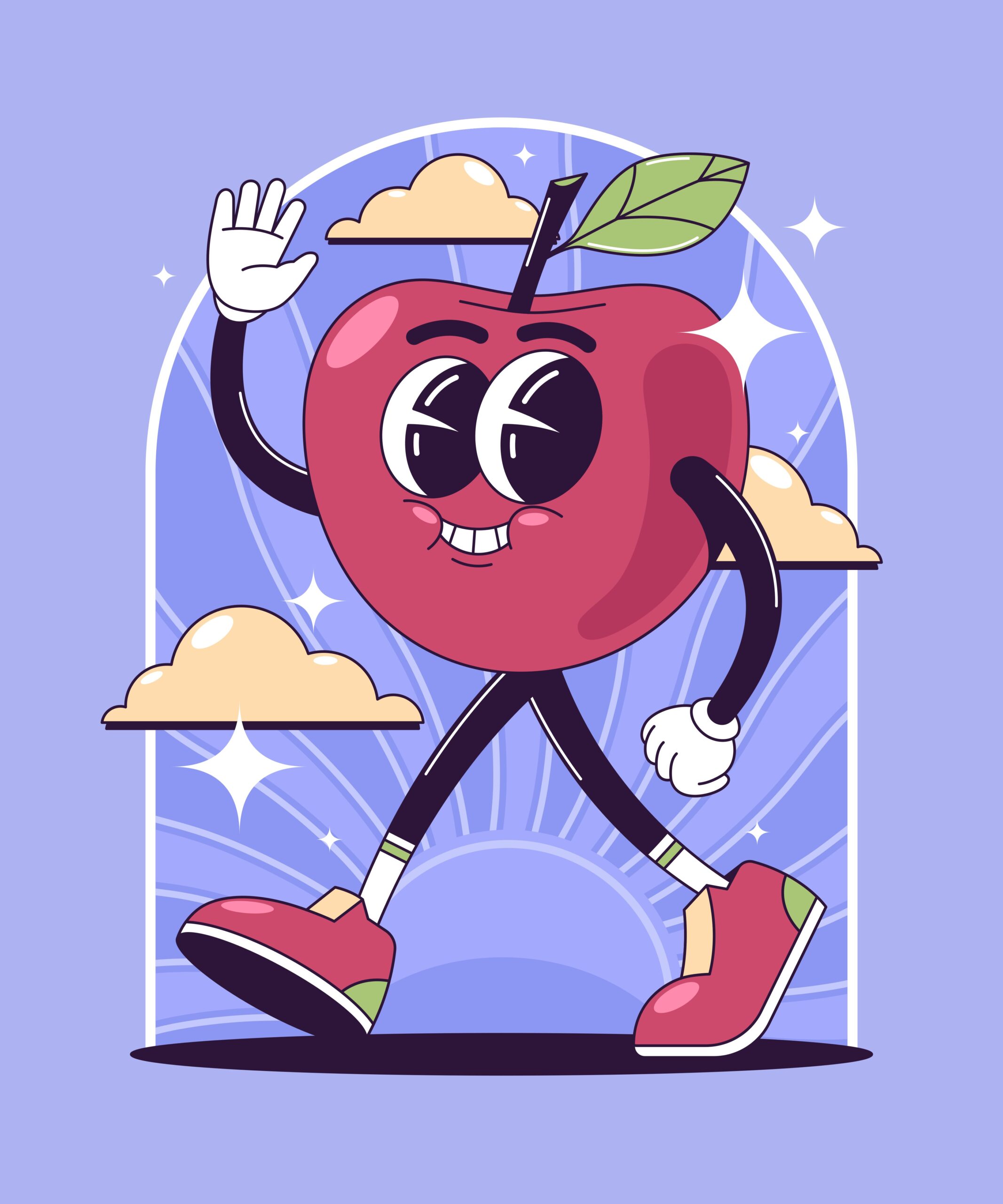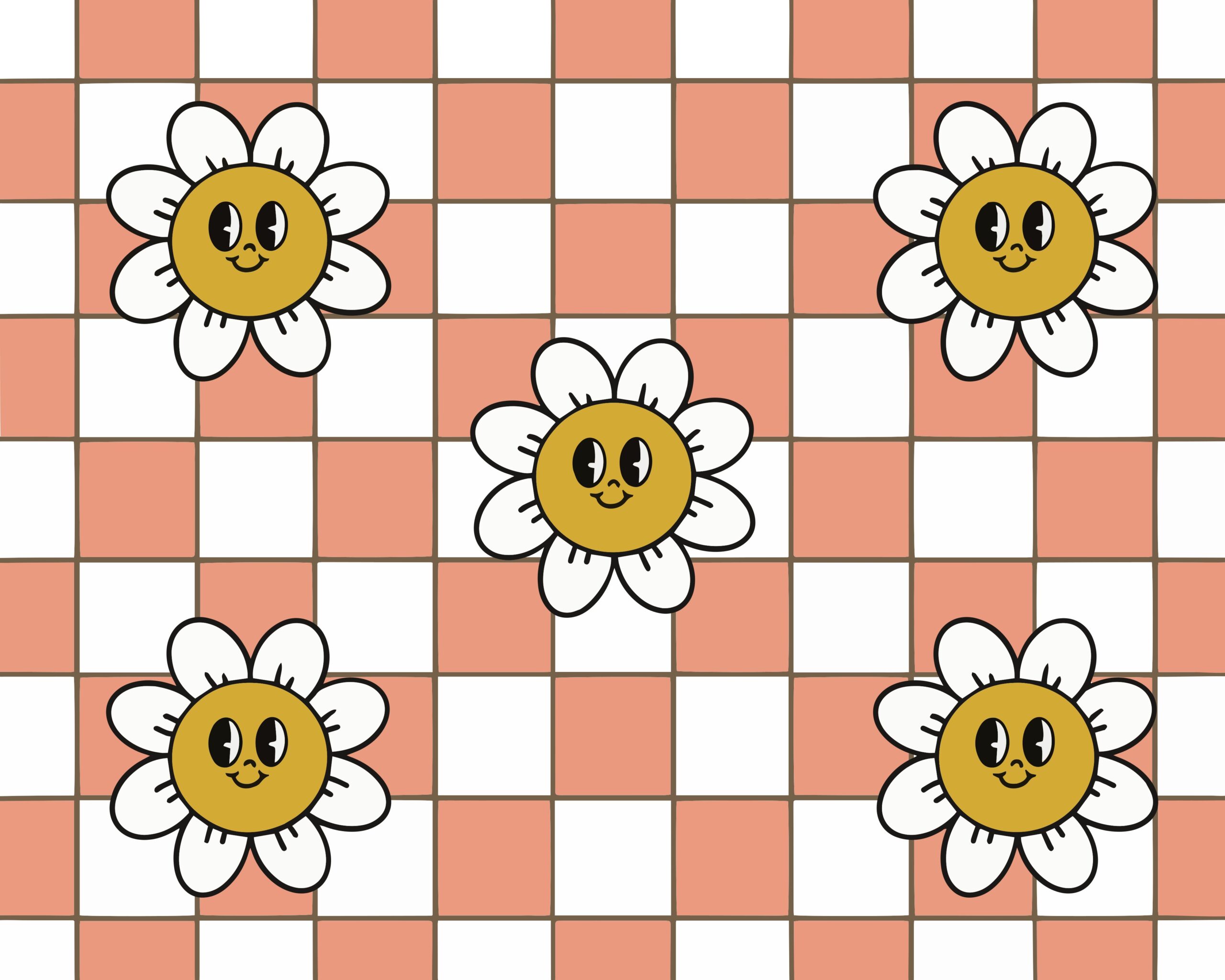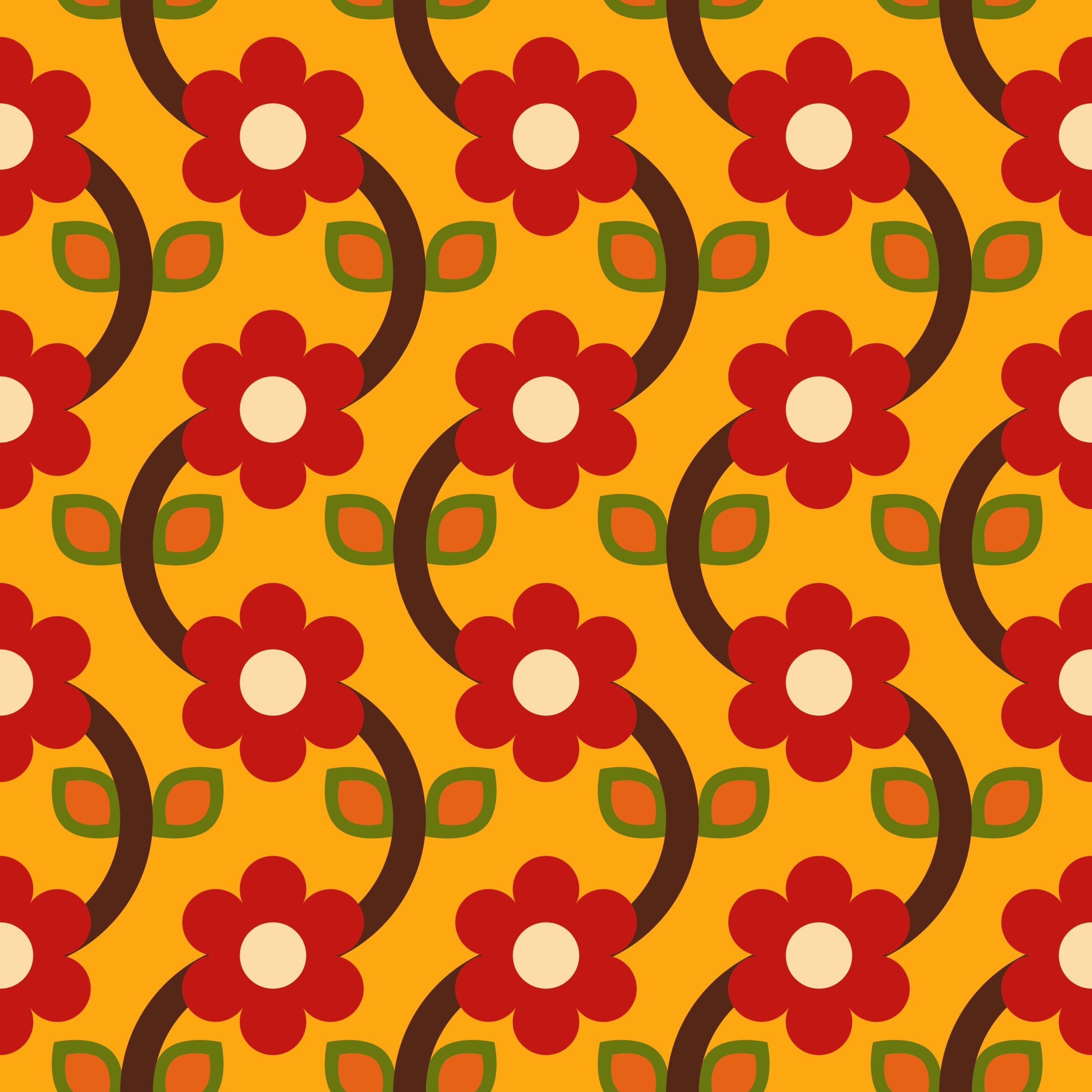In beatmaking, a sixteenth note is a musical note that lasts for one-sixteenth of the duration of a whole note. It is one of the shortest standard note values used in music and is commonly employed in various genres, especially in electronic, hip-hop, and pop music, to create intricate rhythms and fast-paced sequences.
Characteristics of Sixteenth Notes
- Duration: In a 4/4 time signature, which is common in beatmaking, a whole note lasts for four beats. Therefore, a sixteenth note lasts for one-quarter of a beat. This means there are four sixteenth notes per beat.
- Notation: Sixteenth notes are notated with a filled-in note head and two flags on the stem. When grouped together, they are often connected by two horizontal beams.
- Rhythmic Complexity: Using sixteenth notes can add complexity and drive to a rhythm. They allow producers to create rapid-fire sequences and intricate patterns that can enhance the energy and groove of a track.
Use in Beatmaking
- Hi-Hats and Percussion: Sixteenth notes are frequently used in hi-hat patterns to create a sense of motion and energy. They can also be applied to other percussion elements to add texture and variation.
- Melodic Patterns: In addition to percussion, sixteenth notes can be used in melodic lines to create fast runs or arpeggios, adding excitement and dynamism to the music.
- Syncopation: By placing sixteenth notes off the main beats, producers can create syncopated rhythms that add interest and complexity to the groove.
Overall, mastering the use of sixteenth notes is essential for beatmakers looking to craft engaging and rhythmically compelling tracks.









